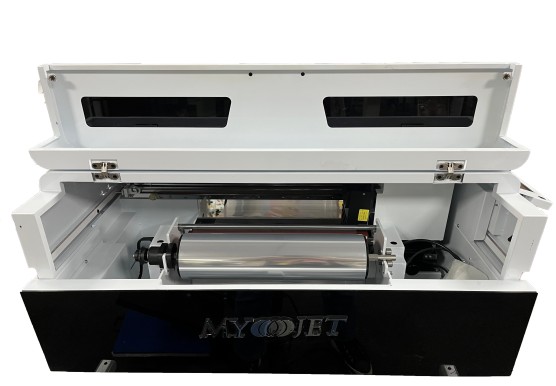
I. Overview of Process Principles
UV DTF Embroidery Printing Process
UV Printing Technology: Uses ultraviolet light to rapidly cure ink, enabling high-precision pattern printing on a transfer film.
DTF Transfer Process: Applies a heat press to transfer the printed design onto textiles, producing vibrant colors and richly detailed “embroidery” effects.
Effect Characteristics: Can simulate the thread-like texture and three-dimensional look of traditional embroidery, while offering a highly automated workflow.
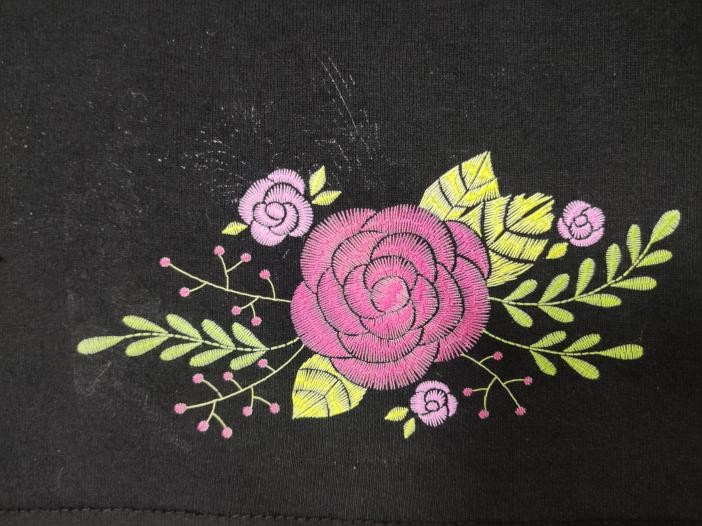
Traditional Embroidery Process
Hand/Mechanical Embroidery: Stitches patterns one stitch at a time using needle and thread or a computerized embroidery machine, relying on layered threads to build the design.
Process Flow: Involves design, sample approval, embroidery, and post-processing—typically resulting in a longer production cycle.
Effect Characteristics: Delivers authentic embroidered texture and depth, but is less suited for highly complex designs or fine details and has lower production efficiency.
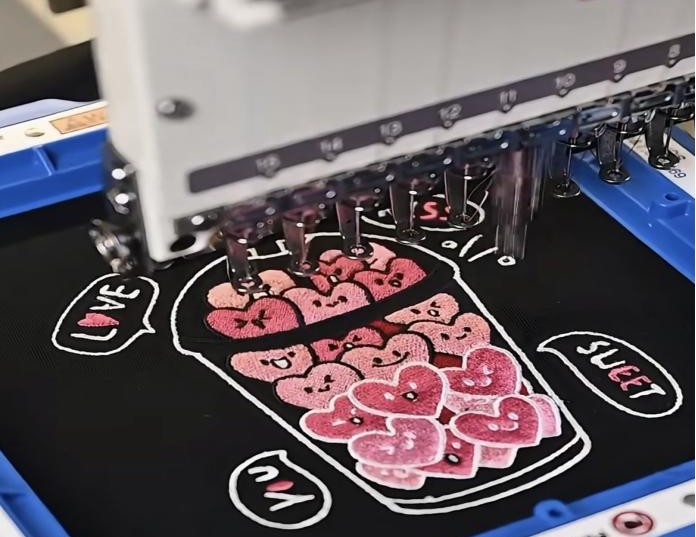
II. Key Metrics Comparison Table
The table below visually compares the MYJET UV DTF embroidery printer and traditional embroidery techniques across several key metrics:
III. Detailed Comparative Analysis
Pattern Accuracy & Detail Reproduction
MYJET UV DTF Embroidery Printer
Utilizes high-resolution printing and precise heat-transfer technology to achieve thread-like lines and three-dimensional effects nearly indistinguishable from real embroidery. Ideal for rendering complex patterns with strong detail fidelity and smooth color transitions.Traditional Embroidery Techniques
Relies on layered stitches to naturally produce depth and texture, but may show slight irregularities in extremely fine areas. Maintaining pattern consistency can be challenging during large-volume production.
2.Production Efficiency & Cost-Effectiveness
Overall, although the UV DTF embroidery printer demands a higher initial investment, its reduction in labor costs and significant boost in production efficiency make it far more economical for large-scale, long-term operations.
3.Material Compatibility & Environmental Considerations
Material Compatibility:
The DTF transfer technology used by the UV DTF embroidery printer can be applied to cotton, polyester, blends, and certain leather materials, and even some novel fabrics achieve excellent transfer results.
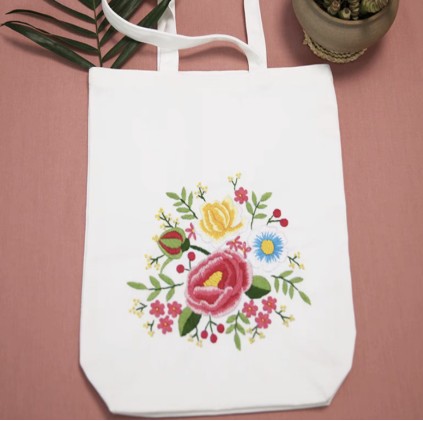
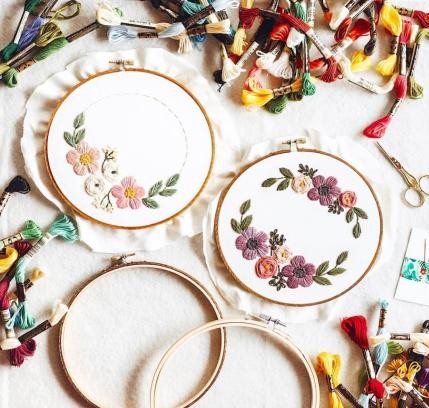
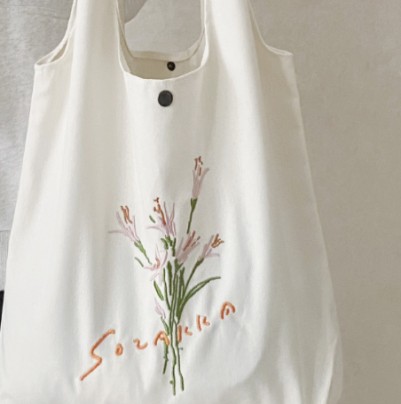
Traditional embroidery techniques are mainly suited to conventional textiles and lack the flexibility of transfer methods when it comes to diverse materials.
Environmental Considerations:
The use of UV-curable inks greatly reduces volatile organic compound (VOC) emissions, meeting modern eco-friendly production requirements.
In traditional processes, dye usage and cleaning steps can pose environmental risks and require additional waste-treatment measures.
IV. Application Scenarios Comparison
Through the comparison table and detailed analysis above, it is clear that the UV DTF embroidery printer offers significant advantages in design flexibility, production efficiency, and environmental friendliness, while traditional embroidery techniques remain more appealing for their handcrafted texture and unique artistic effect.
V. Conclusion
The clash between UV DTF embroidery printing and traditional embroidery techniques not only represents the fusion of technological innovation with time-honored craftsmanship, but also exemplifies a fresh reinterpretation of manual art through modern digital production. From pattern accuracy and production efficiency to eco-friendliness, all indicators demonstrate that UV DTF printing technology holds great potential for meeting the market’s demand for personalized customization. For businesses and designers, the choice of process should be weighed against the specific product positioning, production scale, and market requirements. In the future, as technology continues to advance and process innovations emerge, digital printing and traditional embroidery may achieve complementary strengths, bringing even more creativity and possibilities to textile design.
GET IN TOUCH
